It’s a common misconception that a holiday will solve employee burnout. But when we probe a little harder it’s easy to see why this logic doesn’t make sense. Once an employee gets back from a holiday, they return to the same workplace environment that caused them to burn out in the first place. The cycle of burnout, unless workplace changes happen, is therefore likely to continue.
The Maslach Burnout Inventory, which is the most widely used scientific measure of burnout,1 names the following six domains as contributing factors to burnout: workload, control, reward, community, fairness and values.2
In line with these factors, a 2018 Gallup survey of 7,500 employees identified five main reasons for burnout.3 Do you recognise any of these in your workplace?
1: Unmanageable workload
Now in particular employees must contend with many different work demands, particularly if they’re absorbing the workload from employees off sick or picking up the slack from underperforming workers (especially in the case of remote working).
It’s of course necessary for workers to occasionally take on unforeseen responsibilities, but the employee’s capacity to do so is finite and it is vital employers recognise this instead of relying on uncomplaining employees to compensate for others’ chronic absence or underperformance.
2: Unfair treatment at work
According to Gallup, ‘When employees do not trust their manager, teammates or executive leadership, it breaks the psychological bond that makes work meaningful.’
It follows then that employees who ‘strongly agree’ that they are often treated unfairly at work are 2.3 times more likely to experience severe burnout.
Unfair treatment might include bias, favouritism, mistreatment by a co-worker, unfair compensation and unfair corporate policies.
3: Lack of role clarity
Unclear instructions can have a paralysing effect on people, leading to indecision and uncertainty. This is obviously not conducive to the type of workplace most employers want to craft, or the kind of performance they want to cultivate.
Employees who have clarity in their roles are 53% more efficient and 27% more effective at work than employees who don’t fully know what they’re doing, according to Effectory.4
What’s more, 75% of employees with high role clarity are significantly more passionate about their job and report higher levels of job satisfaction than others.
4: Lack of communication and support from their manager
According to the Gallup report, employees who strongly agree that they feel supported by their manager are approximately 70% less likely to burn out at a regular basis.
Furthermore, according to Rallyware,5 31% of employers say that poor communication results in low morale.
If the company’s migrated even in part to remote working, it’s especially important that managers ensure they’re communicating effectively with their employees and providing them with the right support as there are more barriers in the way.
5: Unreasonable time pressure
This fifth factor has the potential to form a vicious cycle: employees feel overwhelmed by deadlines and work hard to meet them, resulting in depleted efficiency levels and a building resentment.
In fact, according to Gallup employees who feel they have enough time to do their work are 70% less likely to experience more severe burnout.
As an employer, when there are things to do and obligations to be met, it can be tempting to think of unreasonable time constraints as a necessary evil, but this shouldn’t be true most of the time. On the occasion something does come along that needs a prompt turnaround, this should be in context of your employees feeling that their overall workload and deadlines are generally manageable and that the newly arisen, time-dependent obligation is unavoidable rather than a mismanagement on behalf of their employer.
About the author
Zanele Sibanda CII is a respected industry leader with 20 years’ experience in the insurance industry, specialising in protection and employee benefits. She is a qualified member of the Chartered Insurance Institute and a member of the Personal Finance Society and the Society of Mortgage Professionals.
She currently works at Head of Internal Markets at Towergate Health & Protection, part of The Ardonagh Group, an international network of over 100 offices and 7,000 people which incorporates leading brands in both Lloyd’s of London and global markets.
Resources
- Factor structure of the Maslach Burnout Inventory: An analysis of data from large scale cross-sectional surveys of nurses from eight countries | NCBI
- Understanding the burnout experience: recent research and its implications for psychiatry | nih.gov
- Employee Burnout, Part 1: The 5 Main Causes | gallup.com
- HR analytics: role clarity impacts performance | effectory.com
- 69% of Managers Fail to Organize Communication with Their Employees: Here’s How to Fix It | Rallyware


